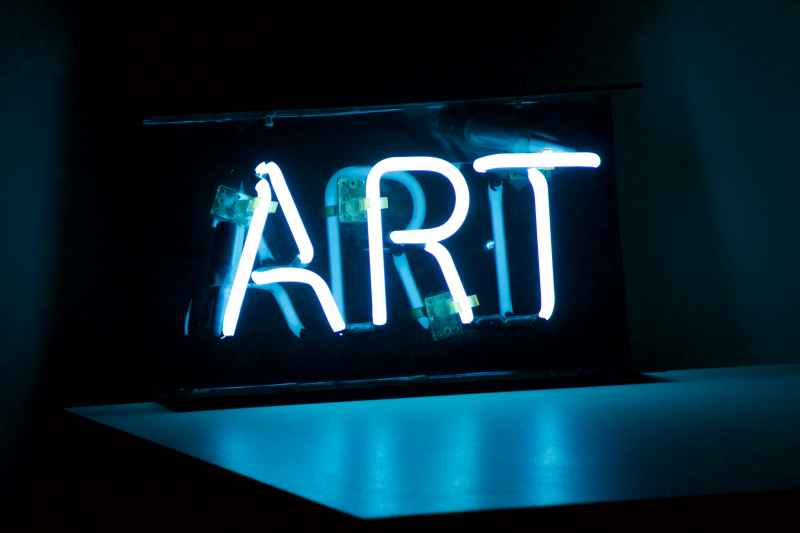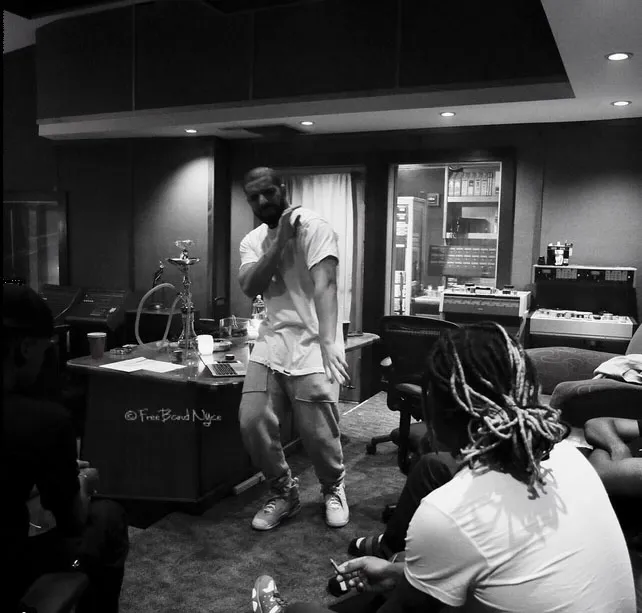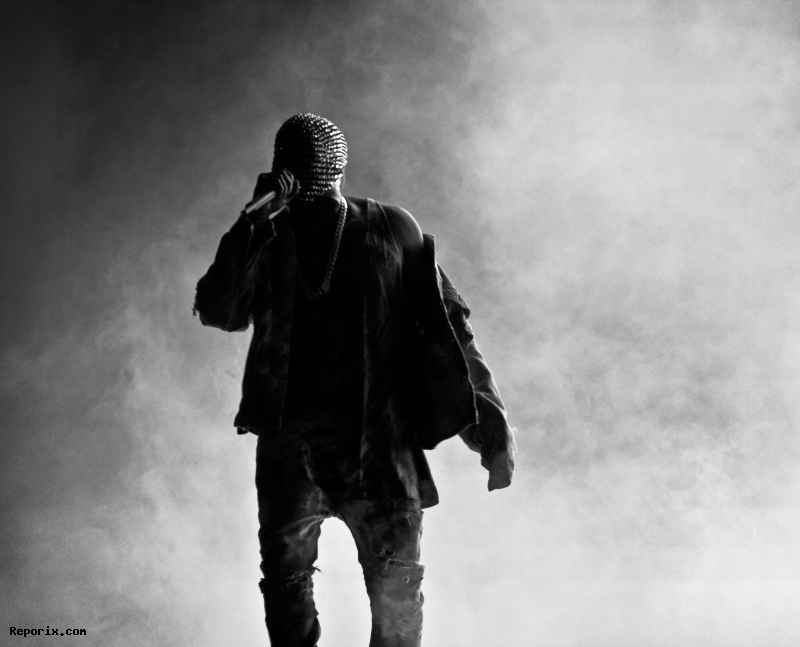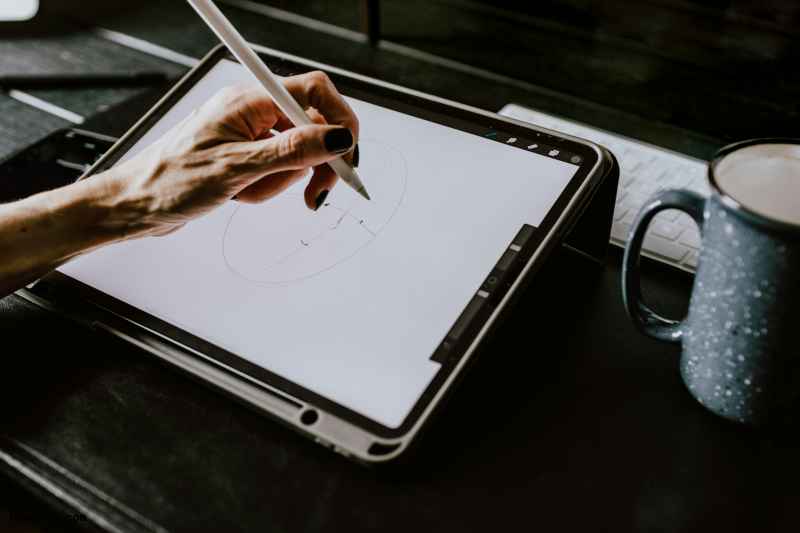The rise of artificial intelligence in the art world is shaking the foundations of creative industries. For some, it represents a long-overdue revolution — a democratization of art. For others, it feels like a crisis in the making, threatening the livelihoods of human artists and challenging the very meaning of originality. As we enter 2025, the debate around AI-generated art is only getting louder — and more complex.
Supporters of AI art see it as a liberating force. With tools like Midjourney 5, DALL·E, and Adobe Firefly, anyone can create visually compelling images without years of artistic training. Hobbyists, indie creators, and small studios can now produce professional-looking work at a fraction of the cost and time. This shift has opened doors to a broader, more diverse creative community.
AI also expands what’s creatively possible. Artists are starting to use generative models not as replacements, but as collaborators — AI assistants that help brainstorm, prototype, or remix styles in ways that would have been unthinkable just a few years ago. The blending of genres and aesthetics has led to fresh artistic expressions that challenge conventional boundaries.
But the optimism is not universal.
For many professional illustrators and designers, AI poses a real threat. Book covers, advertising graphics, and stock imagery are increasingly being generated by machines — often faster and cheaper than human-made alternatives. The oversupply of AI-created content is driving prices down, leaving many artists struggling to compete.
There are also legal and ethical concerns. Many generative models have been trained on copyrighted artworks without permission. Ongoing lawsuits — such as those against Stability AI — are raising questions about data ethics, authorship, and fair compensation.
Then there's the deeper philosophical tension: if art becomes mostly about crafting prompts for algorithms, what happens to craftsmanship? Can prompt engineering really be compared to years of study, technique, and artistic intuition? Galleries and institutions are now grappling with how to define authenticity in a world where almost any image can be synthetically created in seconds.
Still, the situation is not black and white. Some artists are developing hybrid workflows, combining AI drafts with manual editing. Others are creating new roles — such as AI art curators or prompt stylists — to bridge the gap between technology and tradition. Some galleries and collectors are even beginning to issue “AI-free” certifications to ensure the provenance and uniqueness of human-made pieces.
The big question isn’t whether AI will influence art — it already has. The question is how the art world will choose to respond. Will we move toward a creative monoculture dominated by data-driven aesthetics, or will AI become just another brush in the artist’s toolkit?
One thing is clear: balance is key. If we treat AI as a tool, not a replacement, it may enrich artistic expression. But if we allow automation to replace intention and skill, we risk flattening the very diversity that makes art meaningful.




